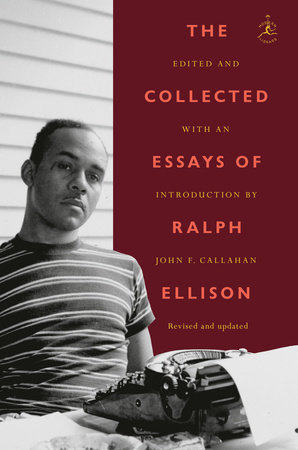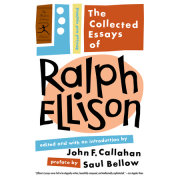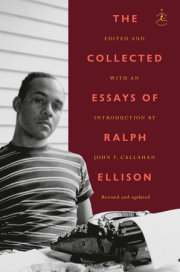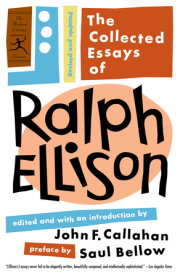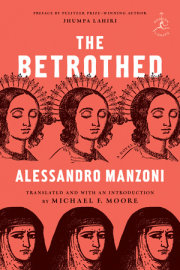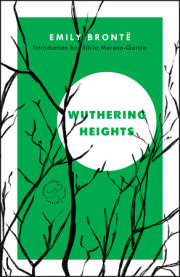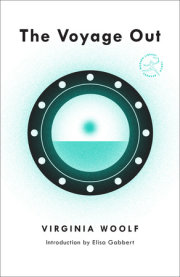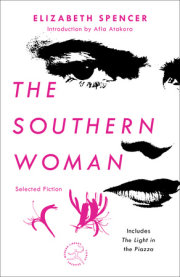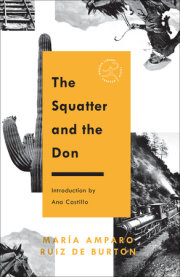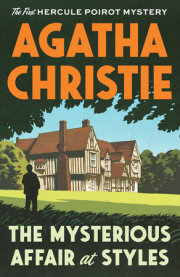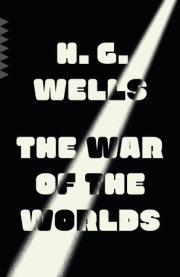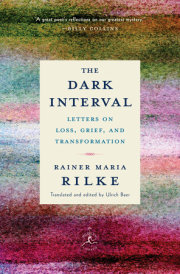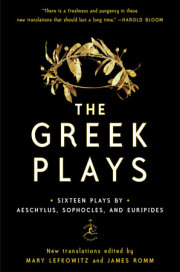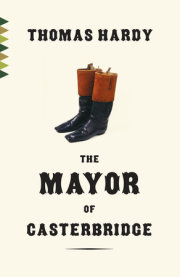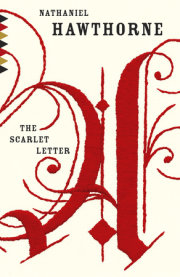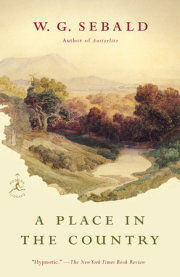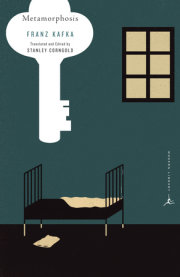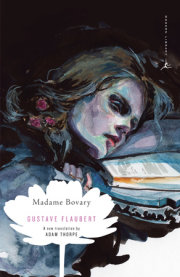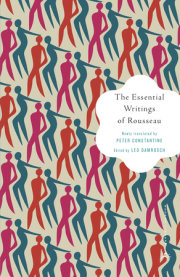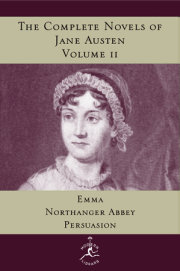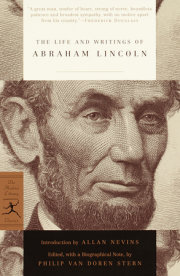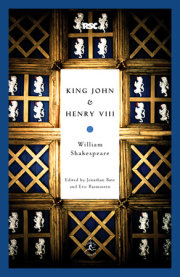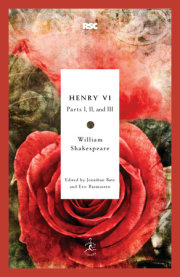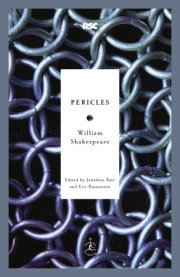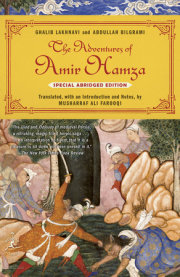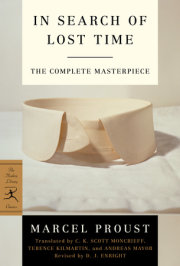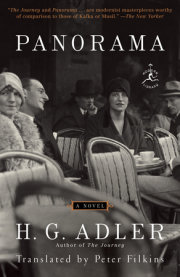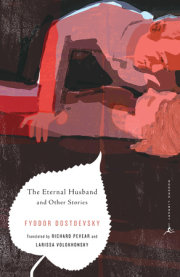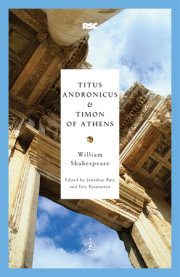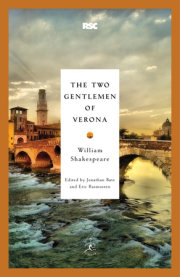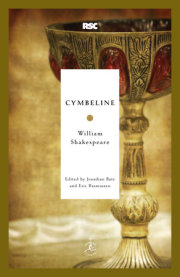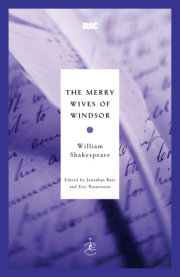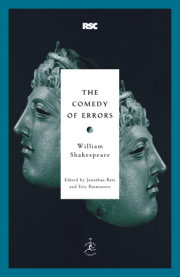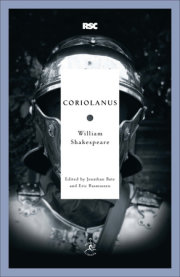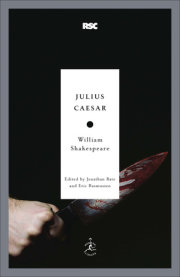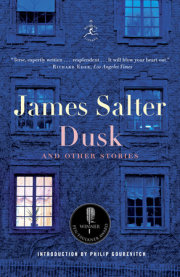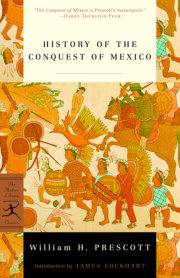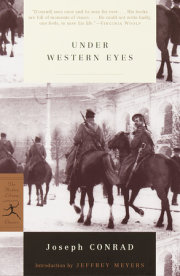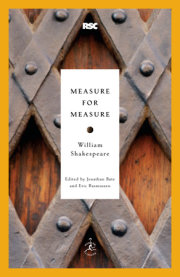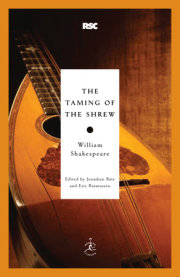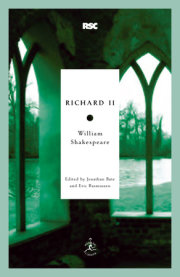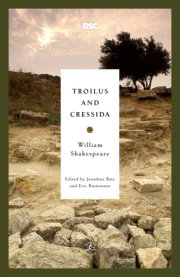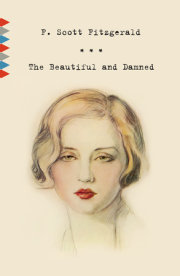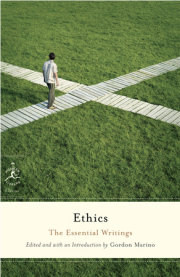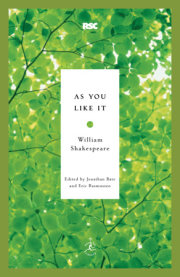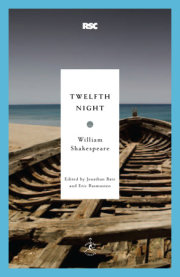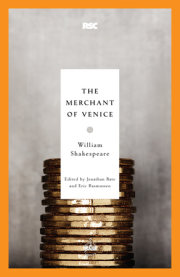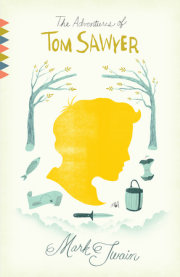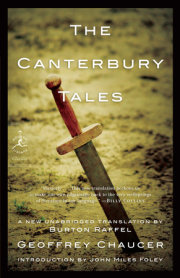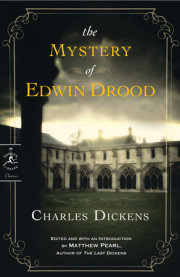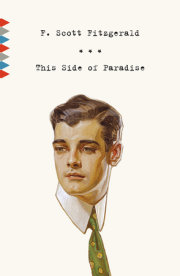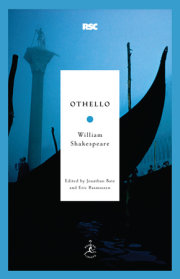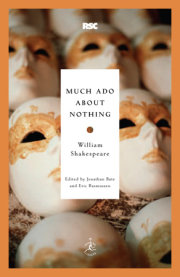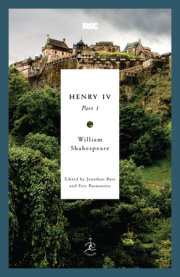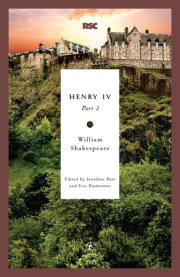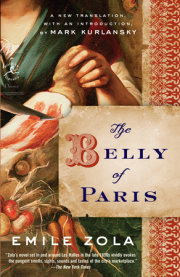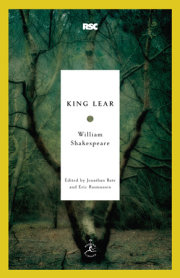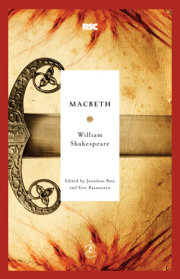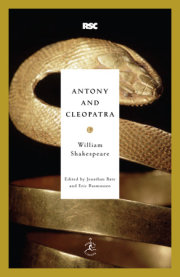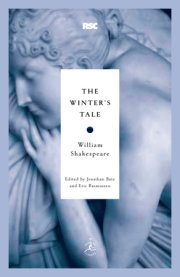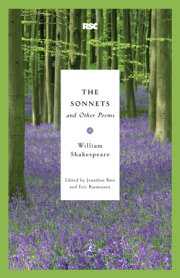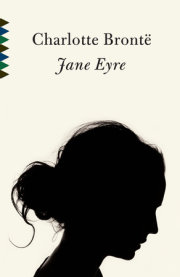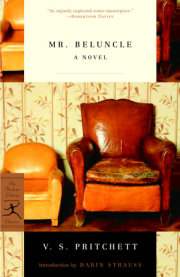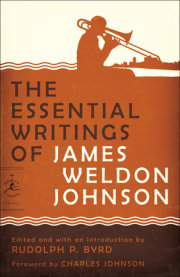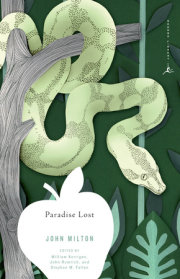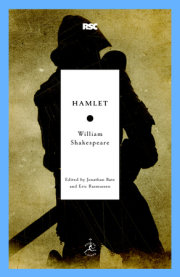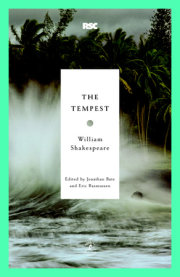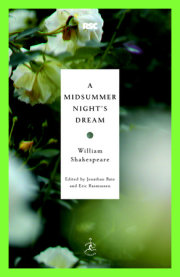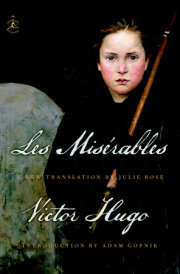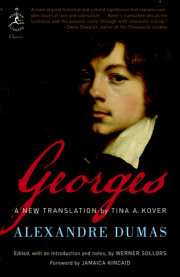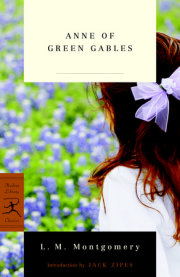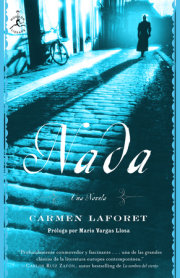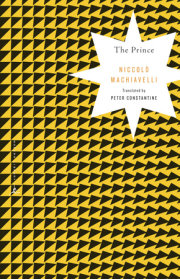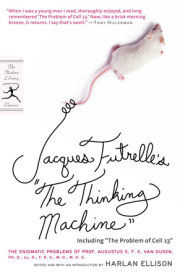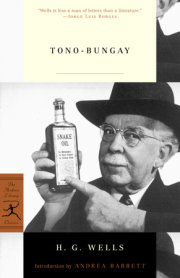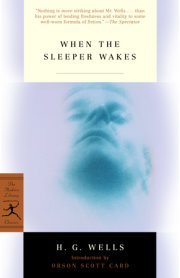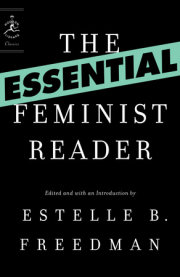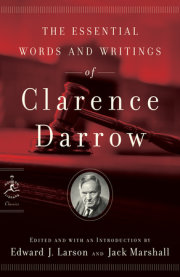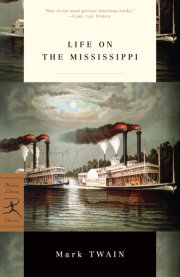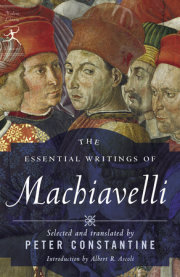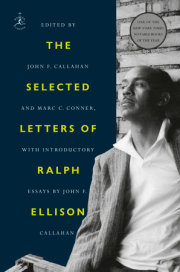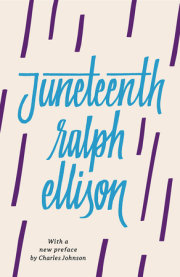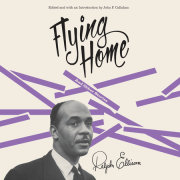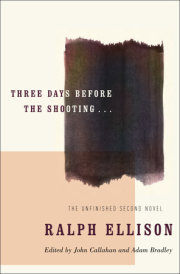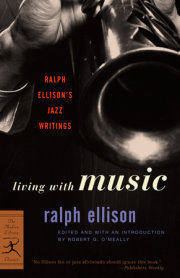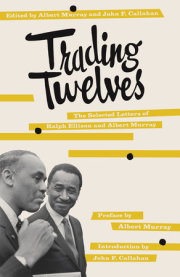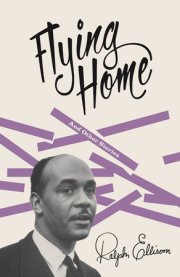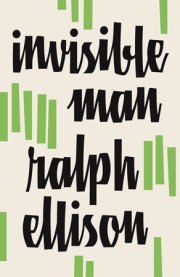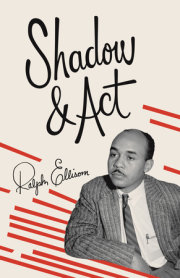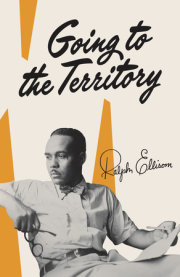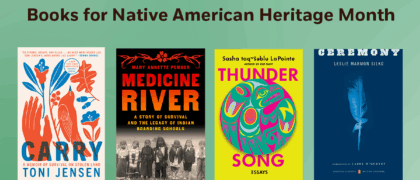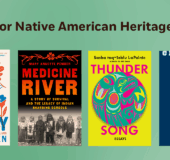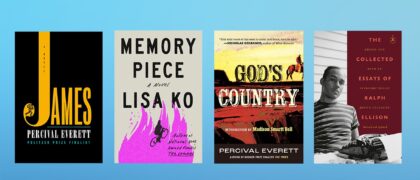February Ellison wrote this lyrical reminiscence long after the desolate winter of 1937–38 when, after his mother’s unexpected death in October “in that strange city [Cincinnati, he] had survived three months off the fields and woods by [his] gun; through ice and snow and homelessness.” “February” was published in
Saturday Review, January 1, 1955.
February is a brook, birds, an apple tree—a day spent alone in the country. Unemployed, tired of reading, and weary of grieving the loss of my mother, I’d gone into the woods to forget. So that now all Februarys have the aura of that early morning coldness, the ghost of quail tracks on the snow-powdered brook which I brushed aside as I broke the brook to drink: and how the little quail tracks went up the ice, precise and delicate, into the darker places of the bank-ledge undisturbed. February is climbing up a hill into the full glare of the early sun, alone in all that immensity of snowscape with distant Dayton drowsing wavery to my eyes like the sound of distant horns. It’s walking through a parklike grove, the tall trees stark, the knee-high snow windblown and pathless, to a decaying shed sheltering a fine old horsedrawn sleigh, carved and scrolled with traces of goldleaf clinging to its flaking wood.
And the birds: I descended into a little valley in the windless quiet and the smell of apples and saw the air erupt with red tracer-bullet streaks of flight—across the snows, a carnival of cardinals. The red birds zoomed, the flickers flew, pheasants roared up like gaudy Chinese kimono rags. My heart beat hard and I saw the single tree, black-limbed against the sky, here and there the miracle of a dark red apple still hanging after months of ice and snow. I bent forward and knelt within the circle of the fruit-fall, searching out an apple missed by the birds. Sweet and mellow to the taste, it had been preserved by the leaves and grasses, protected by the snows. And I recalled the valley of two months before:
At the sound of my gun the birds came up along the hill in pairs and swooped with a circling down into the thicket on the other side, and I had gone down into the valley, soft, then, with the glow of sunset, and found the cock quail dead upon the snow, its plumage undisturbed, the vapor rising slowly from its sinking blood. . . . And now in this place of hidden fruit and bird-tracked snow, I was seized with a kind of exhilaration. For I was in my early twenties then, and I had lived through my mother’s death in that strange city, had survived three months off the fields and woods by my gun; through ice and snow and homelessness. And now in this windless February instant I had crossed over into a new phase of living. Shall I say it was in those February snows that I first became a man?
A Congress Jim Crow Didn’t Attend Between 1938 and 1942 Ellison contributed numerous articles and reviews, signed and unsigned, and two short stories to
New Masses. “A Congress Jim Crow Didn’t Attend” is a narrative essay with personal and public overtones. In it Ellison uses the Third National Negro Congress as an early occasion for speculation on “the ambiguity of Negro leadership.” As he soon would do in pieces like “The Way It Is,” Ellison celebrates the courageous lives and voices of ordinary Negroes, even declaring that “the age of the Negro hero had returned to American life.” It was published in
New Masses, May 14, 1940.
We drove all night to beat the crowd. We were going to Washington to attend the Third National Negro Congress. Fog hung over the Delaware roads, over the fields and creeks, so that we could not tell water from grass, except in spots where the fog had lifted. Our headlights brought no answering reflection from the red glass disks on the road signs. Coming out of some town the driver failed to see a road marker and almost wrecked the car. It shook us awake and we talked to keep the driver alert.
Then two things happened to give the trip to the Congress a sharp meaning. It was the sun that started it. It appeared beyond the fog like a flame, as though a distant farmhouse was afire. One of the boys remembered Natchez, Mississippi, and began talking about it. I felt depressed. A friend of mine was from Natchez and some of the victims had his family name and I wondered if any had been his relatives. We talked about conditions down south and I hoped someone from Natchez would attend the Congress, so I could hear about the fire firsthand.
Outside of Baltimore we began passing troops of cavalry. They were stretched along the highway for a mile: Young fellows in khaki with campaign hats strapped beneath their chins, jogging stiffly in their saddles. I asked one of my companions where they were going and was told that there was an army camp nearby. Someone said that I would find out “soon enough” and I laughed and said that I was a black Yank and was not coming. But already the troops of cavalry were becoming linked in my mind with the Natchez fire. Where
were the troops going? We in the car were going to the Third National Negro Congress—but what did
that mean? Then I was aware that all five of us in the car were of army age and that just as suddenly as the troops had appeared atop the hill, we might be called to war. Here we were, young Negroes, bitter about the conditions responsible for Natchez and faced with the danger of war, heading for Washington, D.C.
I thought about the Congress. I remembered that some of the Negro papers had been carrying glowing accounts of army life and of the joys of the black French soldiers. Would there be many at the Congress who had succumbed to these stories? John L. Lewis had asked the support of the Congress in forming a new political movement—possibly a third party—to continue the New Deal measures forsaken by Roosevelt; what would be the response of the Congress? There were rumors that one of the Congress leaders had sold out; how would the rank and file react? Would
I find in Washington an affirmation of the Negroes’ will to unity and freedom that would remove the deep sense of the danger of war which had made the sudden appearance of the troops of cavalry seem like a revelation of our fate?
For years Negroes have struggled for that unity, seeking to find their allies; sometimes gaining, and sometimes losing ground. And in all Negroes at some period of their lives there is that yearning for a sense of group unity that is the yearning of men for a flag: for a unity that cannot be compromised, that cannot be bought; that is conscious of itself, of its strength, that is militant. I had come to realize that such a unity is unity of a nation, and of a class. I had thought vaguely of the Congress in such terms, but it was more like a hope to be realized. I had not thought to seek this sense of affirmation in it. Now I realized that this was the need it must fill for myself and for others.
Negroes from the North, South, East, and West were heading for Washington, seeking affirmation of their will to freedom. They were coming with their doubts and with their convictions. It was more than just another trip to another congress. When we entered the suburbs of Washington I noticed that the car moved much more slowly than before and started to ask why. But I remembered: there is always that fear among Negroes going from the North into the South of running afoul of Southern custom and Jim Crow laws. The driver knew that we were driving into the capital of the United States—and of legal Jim Crow. The car nosed its way cautiously.
Once in Washington, the first thing to do was to go to convention headquarters and make arrangements for rooms. We drove to the Department of Labor building. It is a new building and we were relieved to see so many Negro faces, to find them in charge. Delegates were already grouped about the big lobby; it hummed with conversation. They looked up expectantly as we came through the high portals. We made our way to the tables arranged about the lobby where a number of girls were busy registering delegates. They were pretty girls and we were surprised; usually the pretty girls avoided that part of conventions. We were registered and given credentials: a delegate’s card, a badge, a list of instructions, which, among other things, told us to buy a meal ticket. Under Section 2 it told about housing:
After your meal ticket the next important thing is a place to stay. We have done our best. But Washington is a Jim Crow town. We have not broken down Jim Crowism . . . in large hotels. But we have made history in the matter of housing accommodations for Negroes. First: for 119 delegates we have accommodations in the modern up-to-date Washington Tourist Camp—four blocks away from our place. . . . Second: for 250 delegates we have arranged for the building of an entire village a few yards away from the Washington Monument and two blocks away from the convention meeting place. You will be housed in waterproof tents with wooden floors—clean linen—individual cots—warm blankets. There will be ample facilities for showers. . . .
Copyright © 2024 by Ralph Ellison. All rights reserved. No part of this excerpt may be reproduced or reprinted without permission in writing from the publisher.

